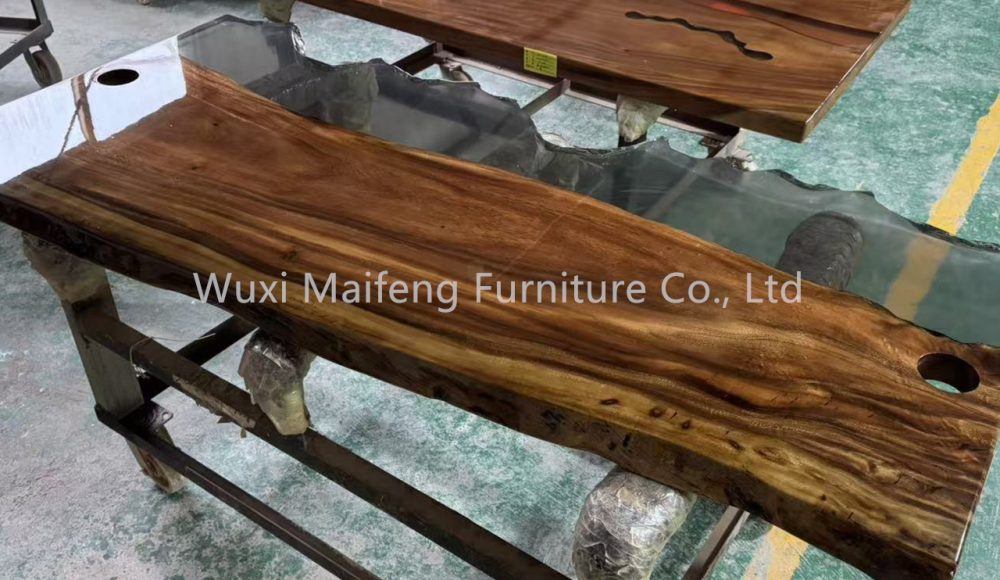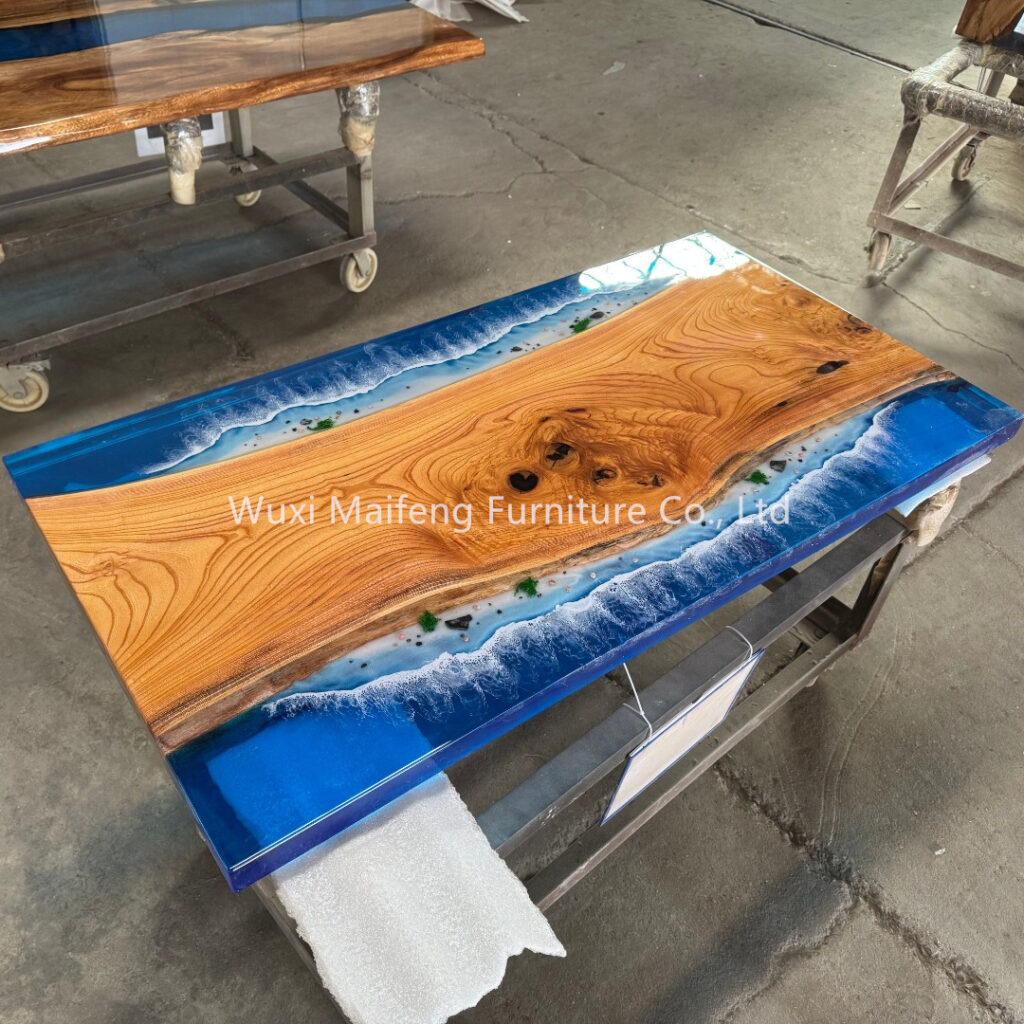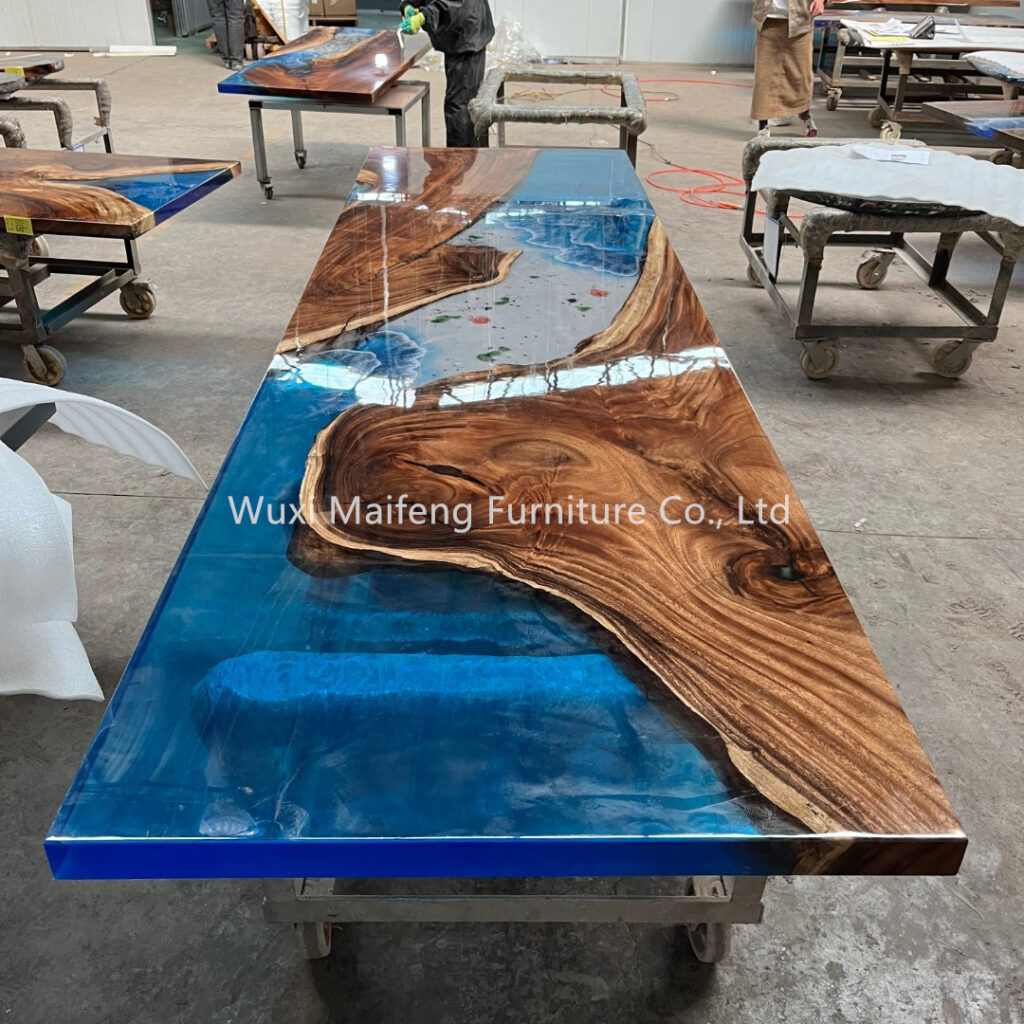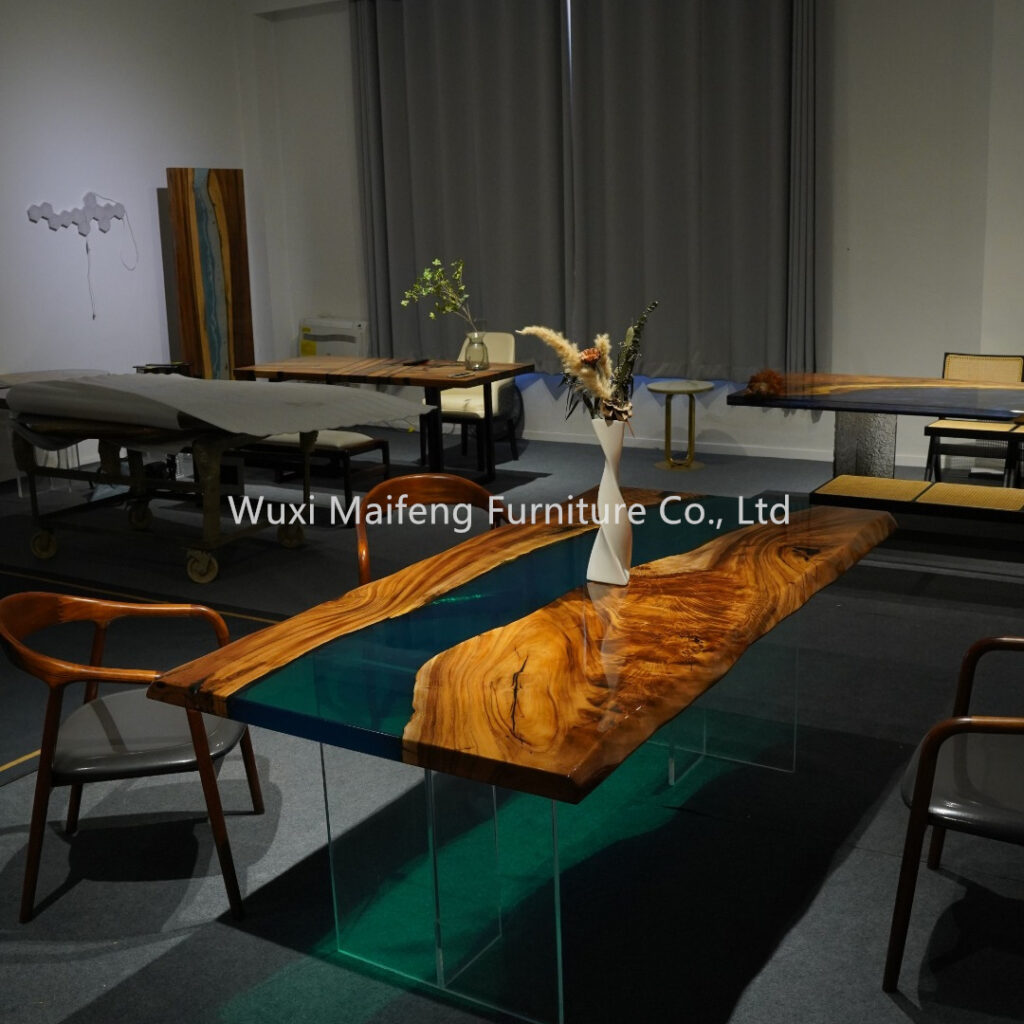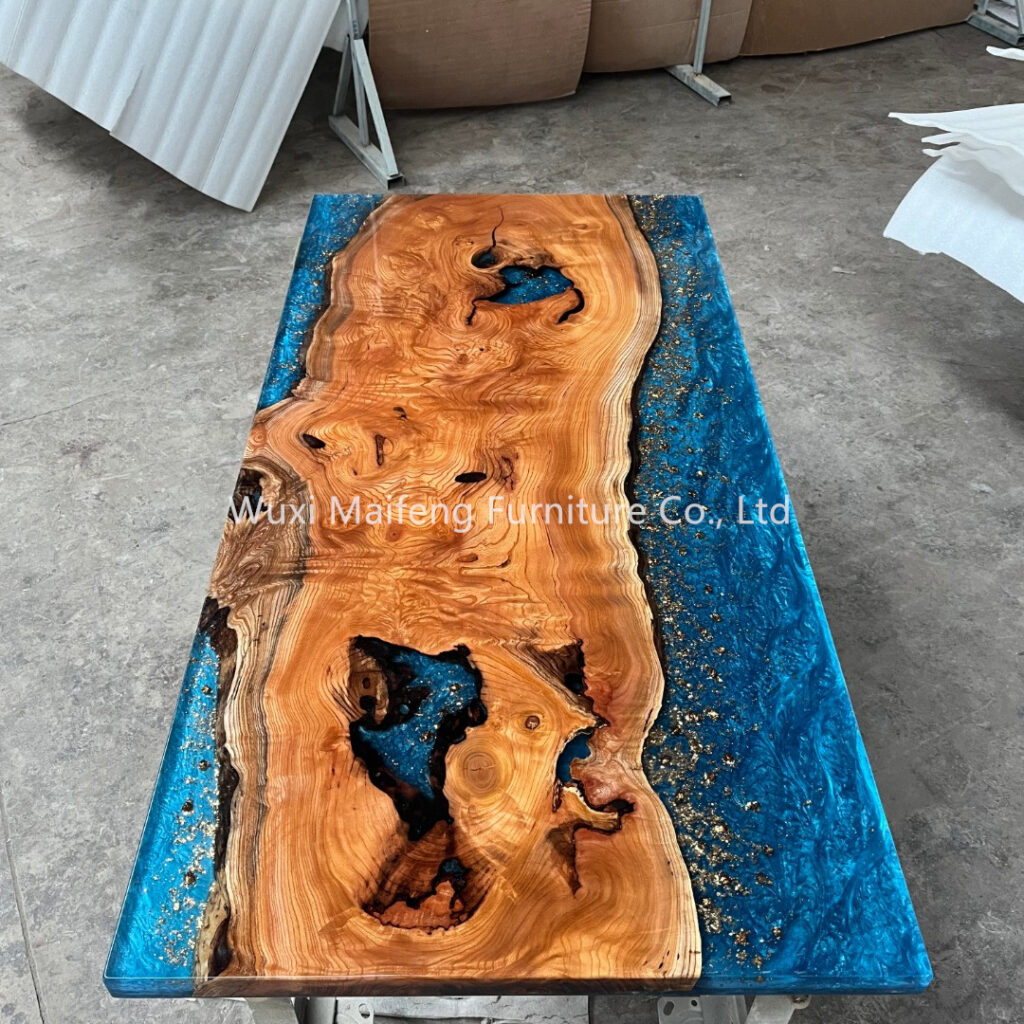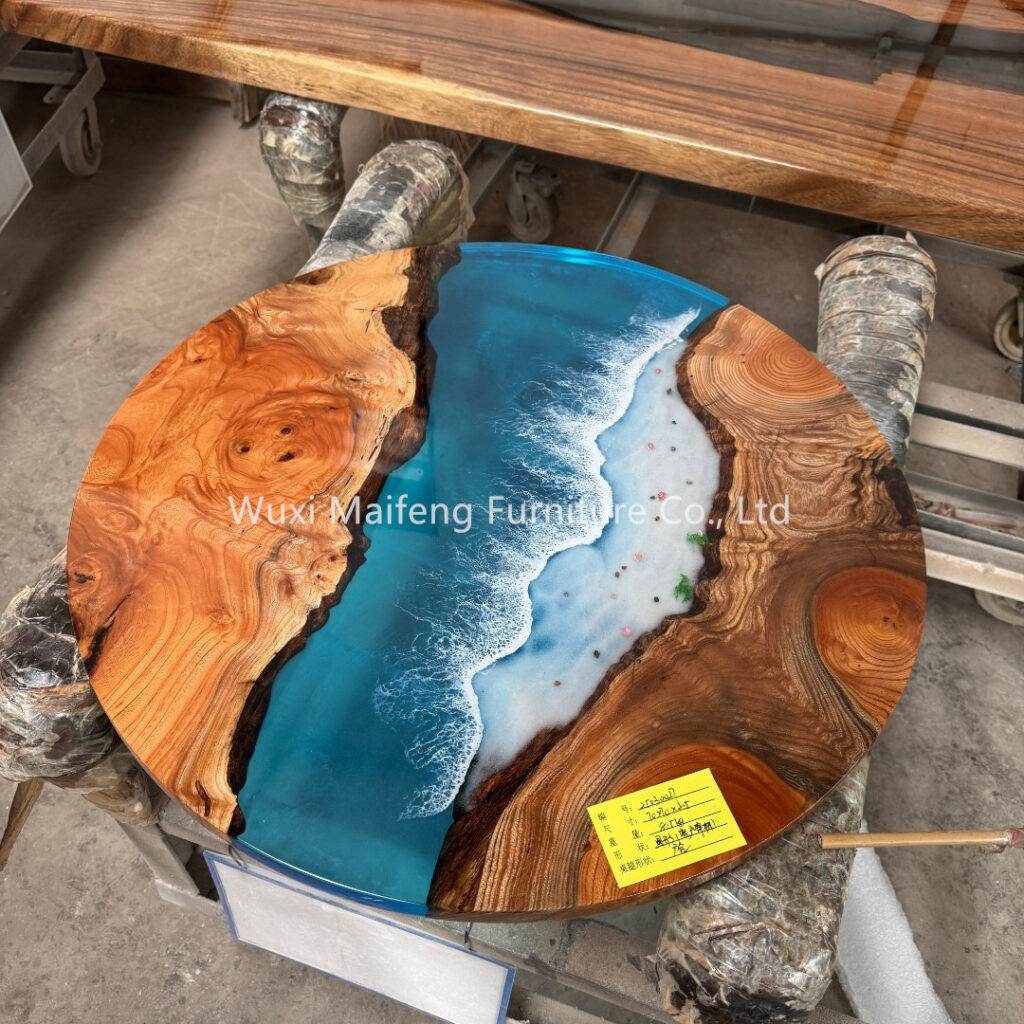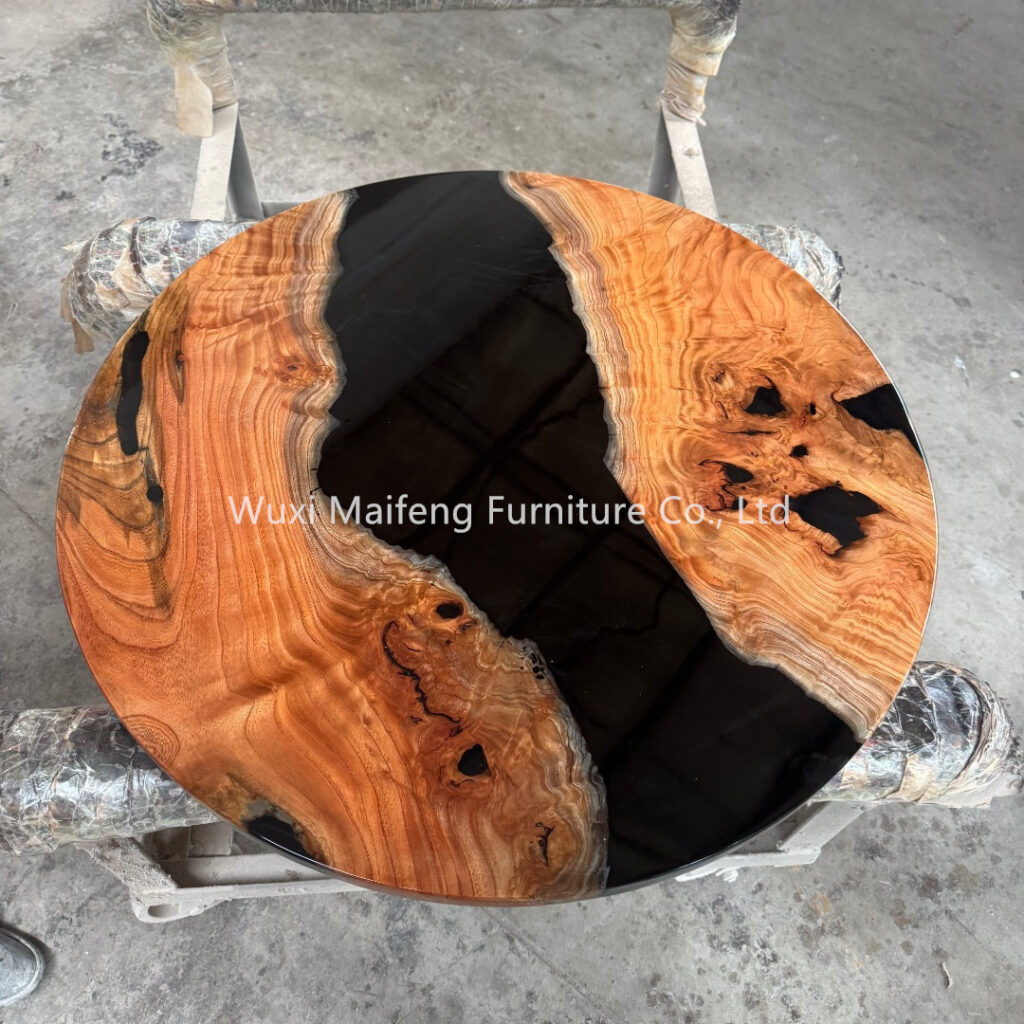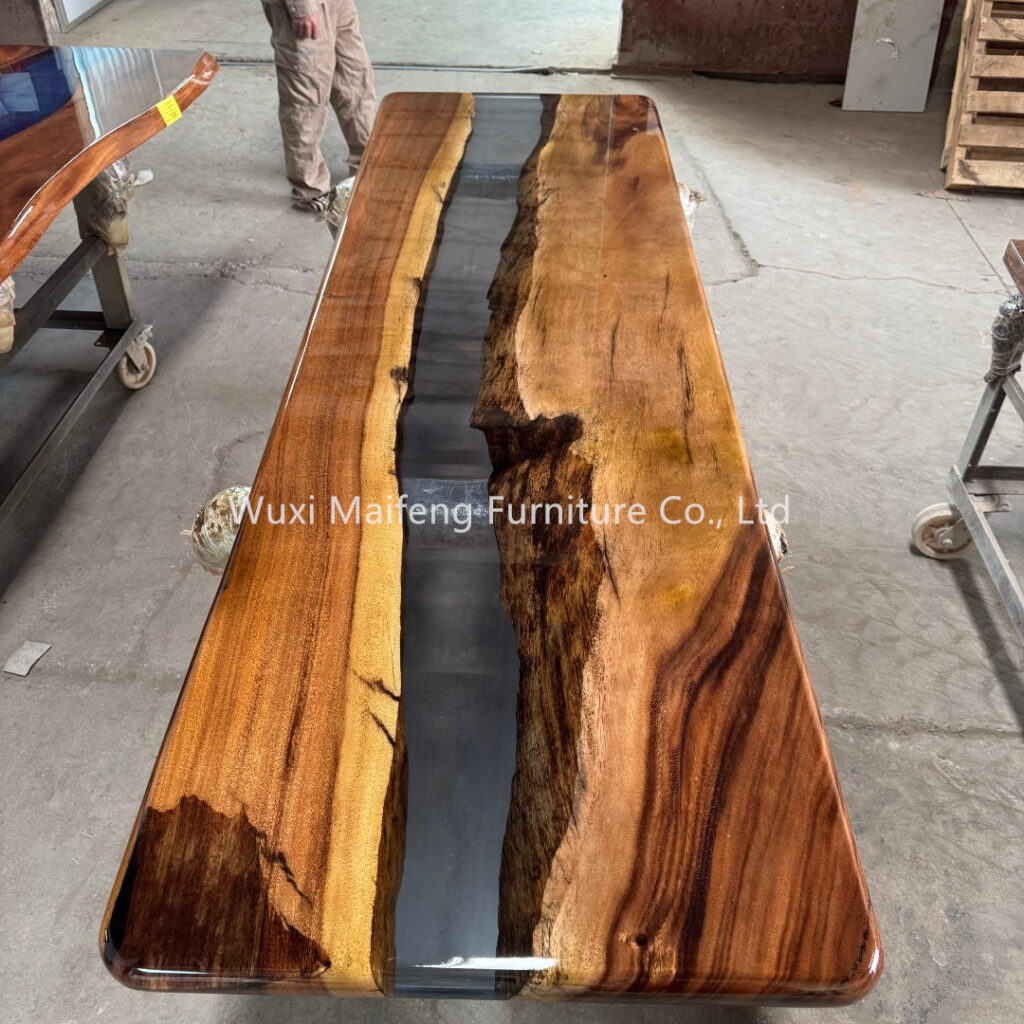I. History and Origins
The roots of European – style decor can be traced back to different eras. For example, the Baroque period, which emerged in the 17th century, was characterized by elaborate designs, bold colors, and a sense of drama. Furniture from this time often featured ornate carvings, curvaceous lines, and rich materials like mahogany and gold leaf. The Rococo style, a successor to the Baroque, took the elegance a step further with even more delicate and asymmetrical designs, emphasizing grace and charm.
II. Key Elements of European – Style Furniture
A. Design Features
1. Ornamentation: European – style furniture is renowned for its intricate ornamentation. This can include hand – carved details such as floral motifs, acanthus leaves, and scrollwork. For instance, the legs of a traditional European – style chair might be carved to resemble the legs of an animal, adding a sense of artistry and luxury.
2. Upholstery: High – quality upholstery is a staple. Fabrics like velvet, silk, and fine leather are commonly used. These materials not only provide comfort but also exude a sense of luxury. The upholstery is often adorned with decorative buttons, tufting, or elaborate stitching patterns.
B. Materials
1. Wood: Solid woods like oak, cherry, and mahogany are favored. These woods are not only durable but also have a beautiful natural grain that can be enhanced through staining and finishing processes. They are used for the frames of furniture pieces, ensuring stability and a classic aesthetic.
2. Metals: Gold, silver, and bronze are often incorporated into European – style furniture, either as decorative accents or in the form of hardware such as handles and hinges. These metals add a touch of glamour and can highlight the intricate designs of the furniture.
III. Types of European – Style Furniture
A. Living Room Furniture
1. Sofas and Loveseats: European – style sofas are typically large and plush, with high backs and rolled arms. They are often upholstered in rich fabrics and may have decorative wood trim. Loveseats, which are smaller two – seater versions, follow a similar design pattern, offering a more intimate seating option.
2. Coffee Tables: These tables usually feature a solid wood top, often with a distressed or antique – finish for a more aged and elegant look. The legs are often ornately carved, and some coffee tables may have additional features like drawers or shelves for storage.
B. Bedroom Furniture
1. Beds: A European – style bed is a statement piece. It often has a tall, elaborately carved headboard, sometimes with a matching footboard. The bed frames are usually made of solid wood, and canopies may be added for a more luxurious and romantic feel.
2. Dressers and Nightstands: Dressers are designed with multiple drawers, each with ornate handles. The fronts of the drawers may be decorated with inlays or carvings. Nightstands, placed on either side of the bed, are used to hold bedside essentials and are designed to match the overall style of the bedroom furniture.
IV. Incorporating European – Style Furniture into Modern Homes
While European – style furniture has a classic and traditional look, it can be seamlessly integrated into modern homes. Pairing a traditional European – style sofa with contemporary art pieces on the walls can create an interesting contrast. Using neutral – colored European – style furniture in a room with modern – style lighting fixtures can also give the space a fresh and updated feel.
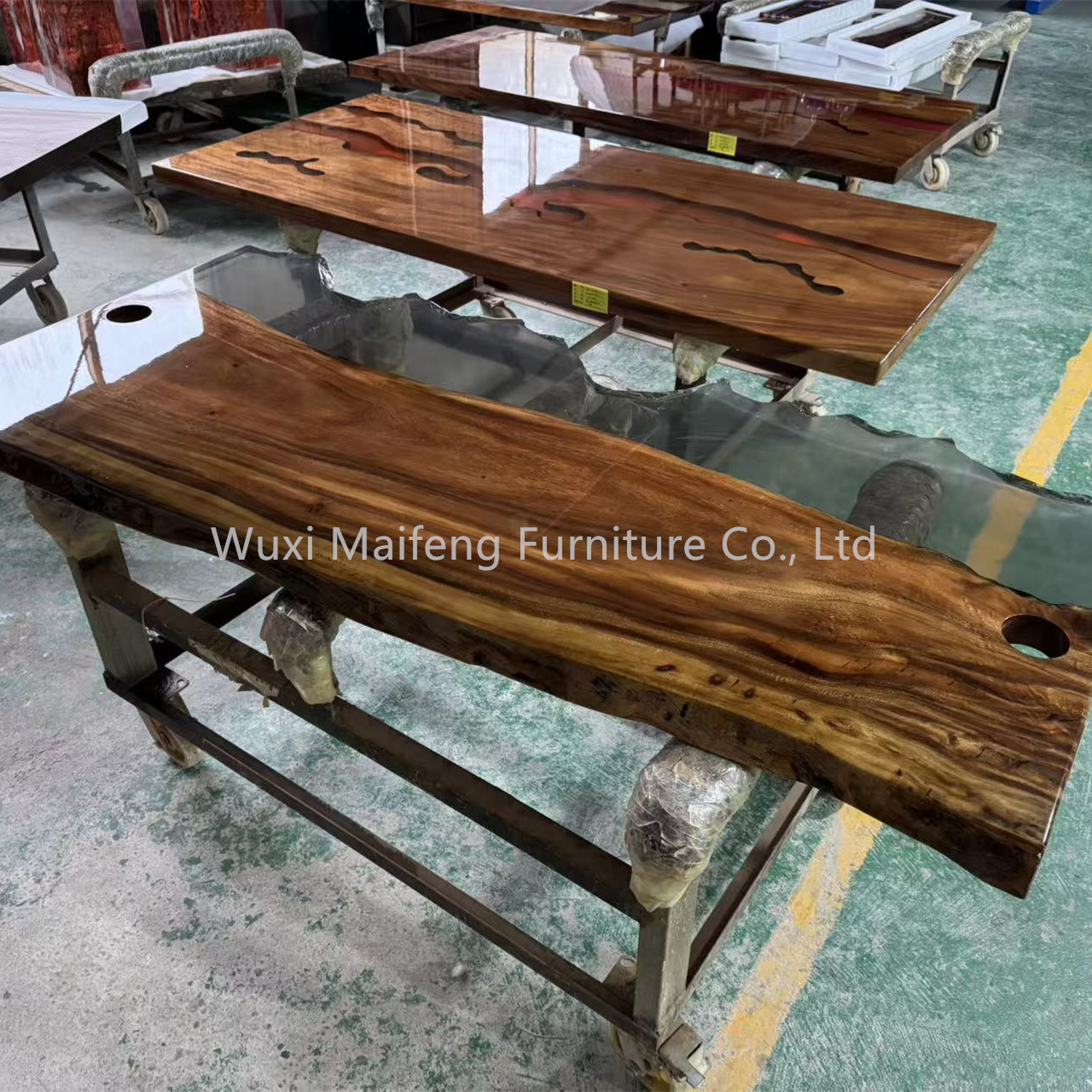 |
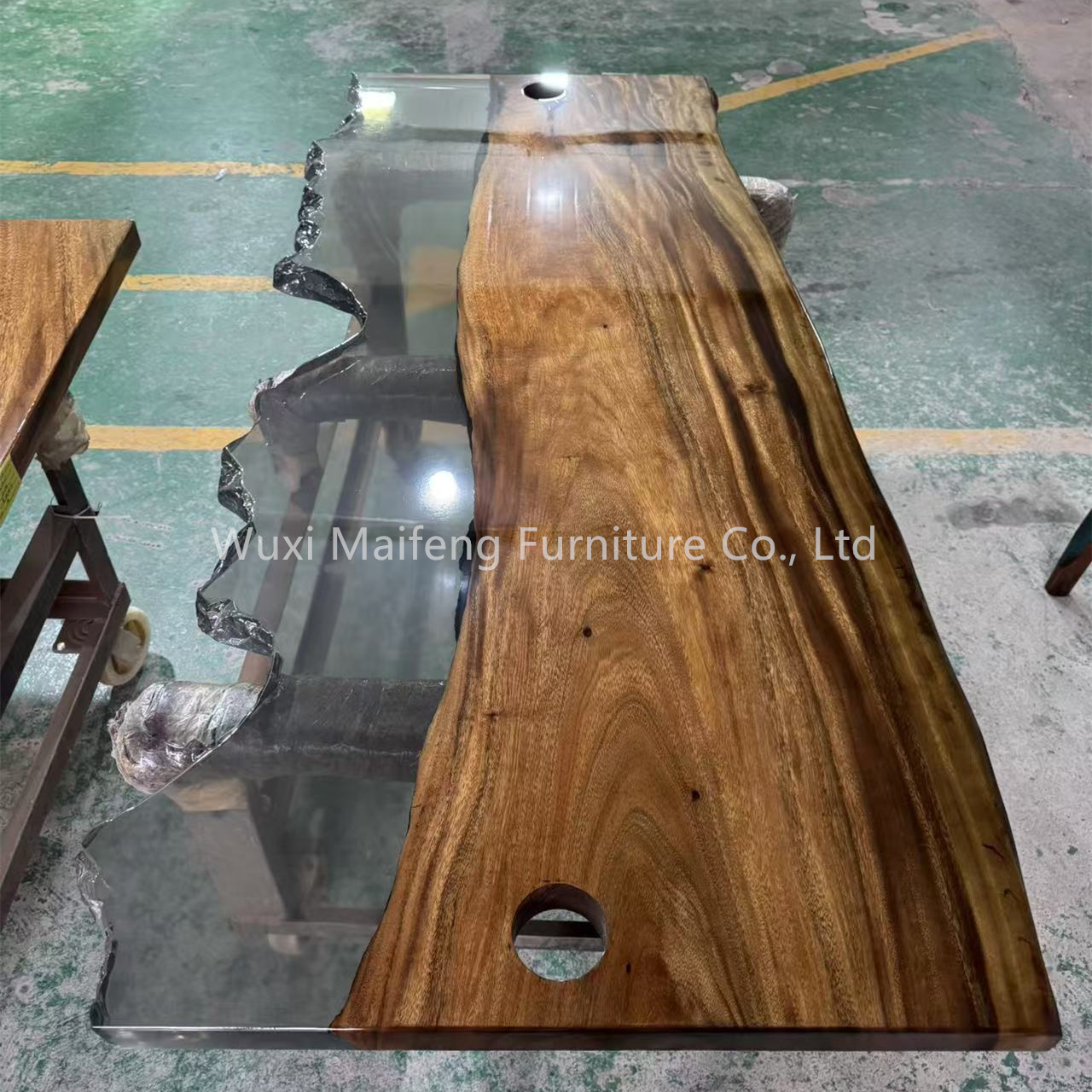 |



